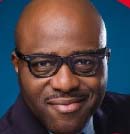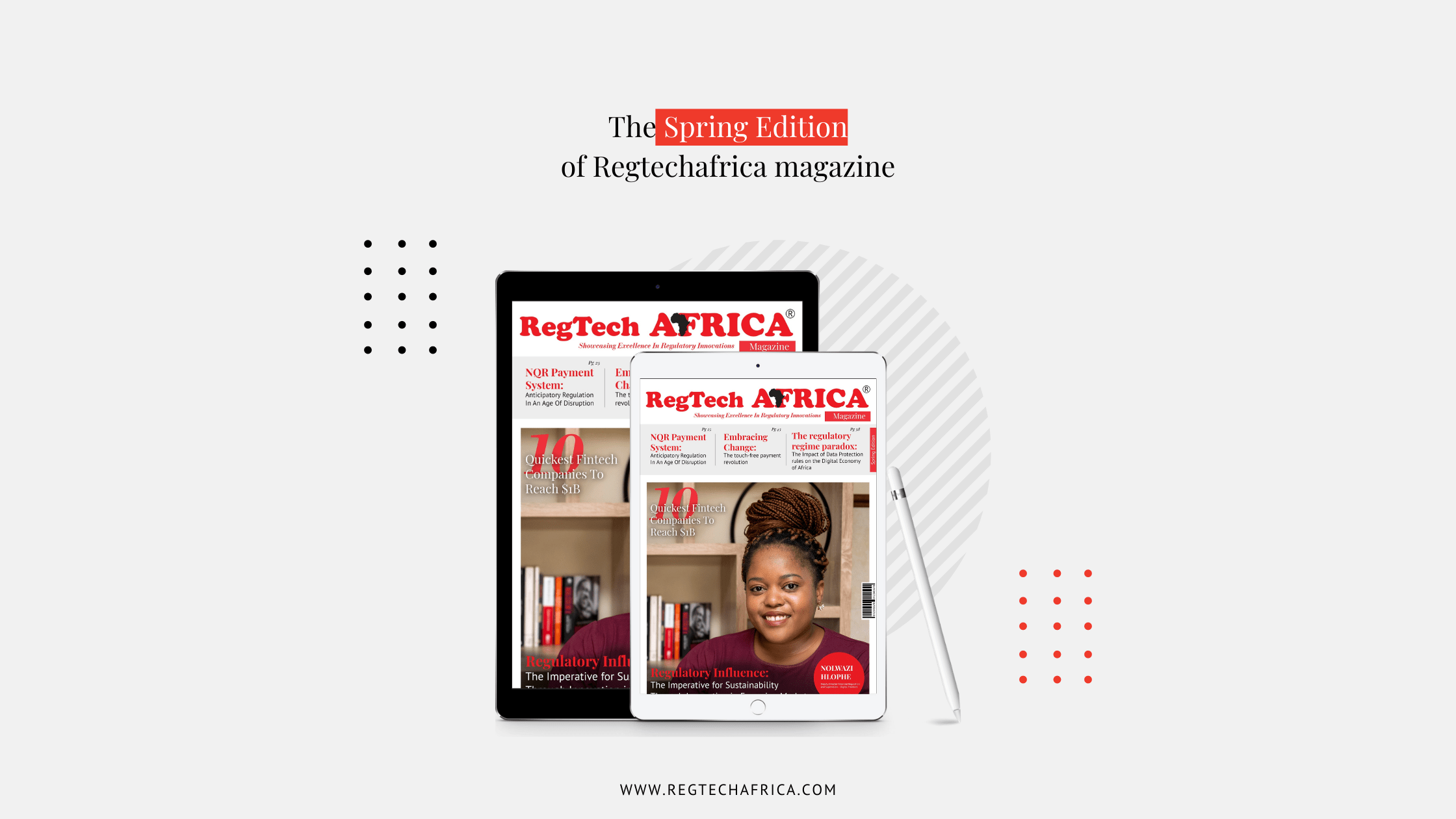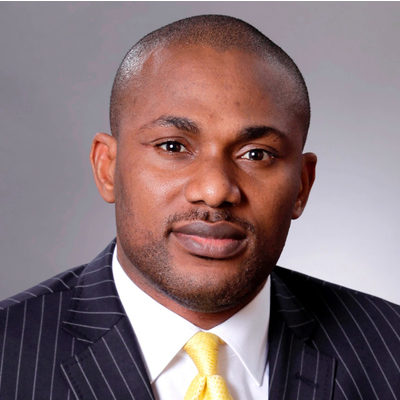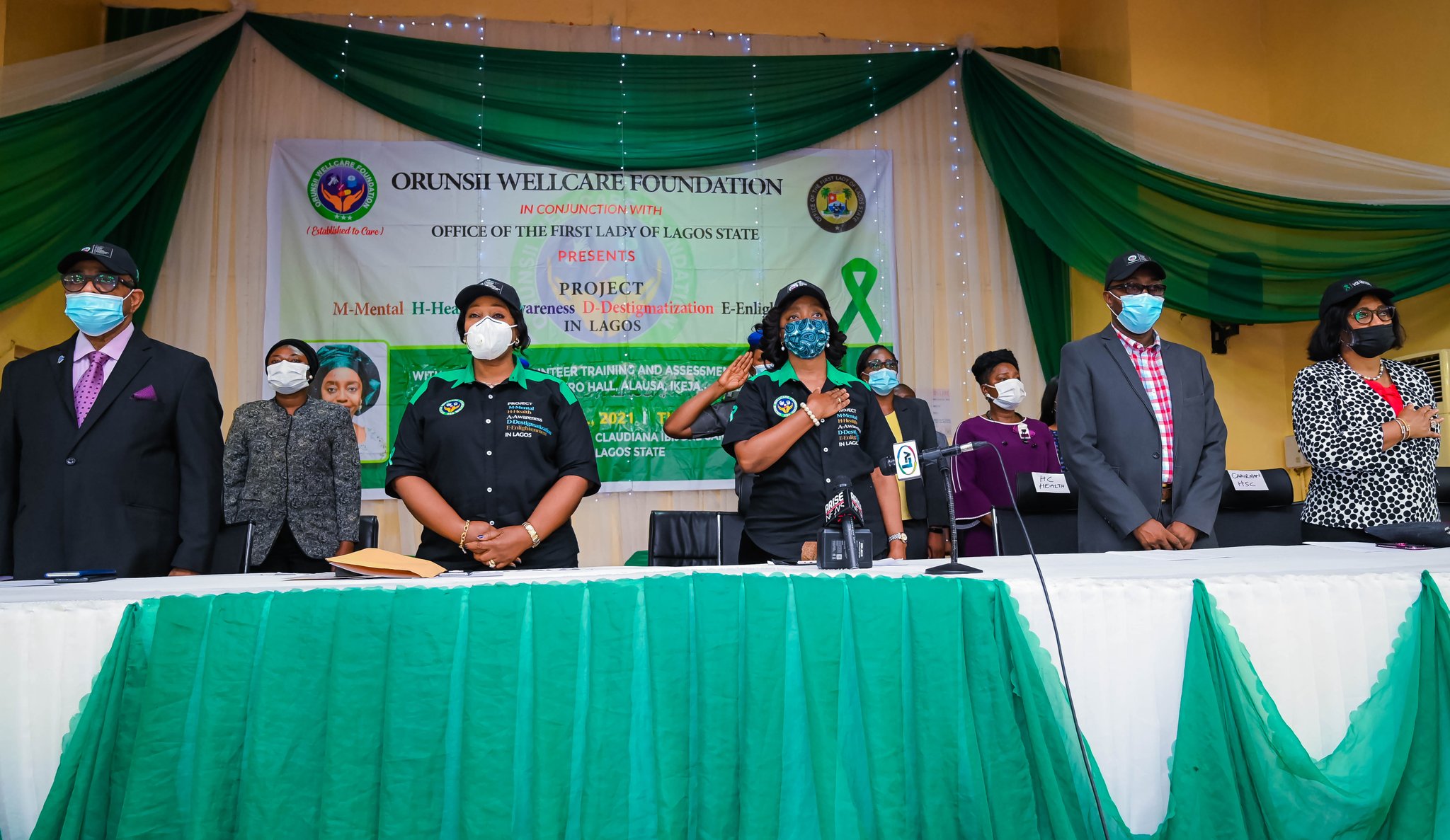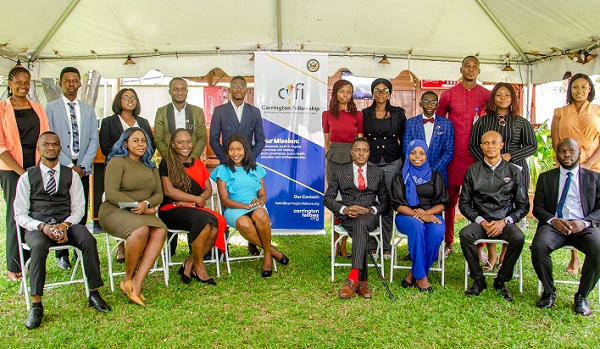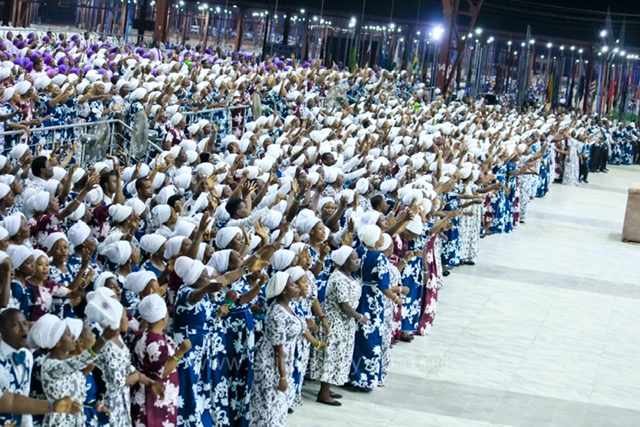Hi there, over the next few weeks, I’ll be sharing my thoughts on the Education Technology (EdTech) gap within the Nigerian Education system (primary and secondary). EdTech is not just about reformatting books, training manuals or the individual technologies themselves. It is about applying digital technology to deliver a new form of learning architecture. EdTech has become critical to the classroom of the future which reminds me of John Dewey’s quote, “If we teach today as we taught yesterday, we rob our children of tomorrow.”
Gone are the days of library visits to photocopy a few pages from an Encyclopedia for a school project. Thanks to a generation that has grown up with technology at their fingertips, school children and even kindergartners now live in a world where education has changed and the internet is their primary source of entertainment and information.
The primary purpose of employing education technology in schools is to enhance students’ overall learning experience. Over time, the education system has witnessed the development and utilization of different technologies ranging from Cloud Computing to Speech-to-text options, Learning Analytics, Artificial Intelligence, Robotics among others.
The advancement of education is greatly linked with the evolution of computing technologies and Artificial Intelligence (AI). There is massive adoption of AI in classrooms around the world. Its adoption in the United States education system keeps growing and it is projected to be as high as 47.5% by the end of 2021.
Advertisement
Current Technologies Used in Schools
Globally, many technologies already exist in schools to enhance teaching instructions and to support students’ learning process.
Educational reformers agree that schooling should be genuine and authentic for students and that using technology in the classroom will help them engage in real-world experiences.
Advertisement
For instance, electronic probes are used by science students to collect precise weather or chemical reaction data and they digitally trace trends and answer hypotheses. Graphing calculators, spreadsheets and graphing software provide mathematics students with the ability to visualize difficult mathematical concepts. Similarly, artificial intelligence technologies like Presentation Translator that creates subtitles in real-time for what the teacher is saying can help make classrooms available to all – including those who speak different languages or who might have visual or hearing impairments or other learning disabilities.
The reality is, chalkboards are also becoming a thing of the past in the classroom. Instead, smart technologies such as interactive whiteboards, IT suites and tablet-based learning, are becoming more commonplace in schools.
Evidently, the evolution of technology in education and the learning experience of students is a step in the right direction. Hence, the need for a technology-driven educational system in Nigeria cannot be overemphasized.
The Nigerian Context
Advertisement
“We need technology in every classroom and in every student and teacher’s hand because it is the pen and paper of our time and the lens through which we experience much of our world.” – David Warlick.
In my early years, as a young boy from a well to do home, I recall going to a public school where I mingled with students from different social statuses, religions and cultures. On the other hand, my then best friend was from a poor background, his mum sold fish to make ends meet. However, this did not deter our friendship or relationship, because public schools created a connection centre for (a bouquet of people) everyone regardless of social class, race, gender, culture or religion. We also had fantastic teachers, one of which was my social studies teacher, Mr Bolarinwa. I still remember his definition of social studies till today. All these and more, have become a distant memory in our present-day schools.
Public schools (both primary and secondary) in Nigeria are no longer what they used to be. In previous years, parents from all walks of life would have been happy to enrol their children in federal and state government schools. However, due to the quality of education in most of these institutions, most parents now opt to enroll their children in private schools, despite the higher costs.
In the United States, 80% of students who graduate from high schools, which are similar to secondary schools in Nigeria, attend public schools regardless of their parents’ socio-economic status. In 2018, on an average study across OECD countries, only 2 out of 10 students attended a private school (either private dependent or independent). Therefore, rebuilding and establishing high-quality public education for all Nigerians is one of the most pressing issues the country faces today.
Advertisement
This major challenge in our public-school system has led to the proliferation of private schools across the country. In Nigeria, there are currently over 80,000 private secondary schools. This is further sub-divided into two. The first which caters to the rich and middle-class – known as the high-cost private schools and the second, which caters to the lower-income earners – known as the low-cost private schools.
For instance, Lagos State has approximately 19,000 private schools, with over 60% being low-cost and operating in makeshift structures, residential homes or religious institutions. As many as 2 million children are spread across these private schools, as against the 1.6 million children in some 1,700 public schools. These low-cost private schools are majorly characterized by poor teacher quality, a lack of educational technology inclusion in the curriculum and the academic environment in which some of these facilities are housed – all of which are challenges we must overcome in order to improve the quality of education within these schools.
Advertisement
Despite the infrastructure challenges, some of Nigeria’s most expensive private schools are still merely catching up with the rest of the world with regards to Internet access, AI, and other smart technologies to enhance schooling and the learning experience. However, the fees charged by some of these high-cost private schools results in the ability to hire top-notch educators. One still wonders though, if students are getting commensurate quality for the fees being paid but this is a topic for another day.
Unfortunately, the same cannot be said about the low-cost private schools and some public schools. The differences between these categories of private schools alongside the public schools are in their financial capability and pace in embracing technological innovation in their education system.
Advertisement
Regardless, I am not opposed to the private sector being interested in the education system, in fact, I wholeheartedly endorse it. However, the government, (both state and federal) must commit to creating an environment that encourages continued private sector investment in education across the board. The reality remains though, that we haven’t completely adopted EdTech in our classrooms which leads to a huge gap in our education system. Unless the government at all levels and the private sector start to partner and invest to fill these gaps, we risk lagging behind the rest of the world even further.
The World Technological Realities
Advertisement
A new report from Cambridge International, based on an online survey of nearly 20,000 teachers and students (ages 12–19) from 100 countries, found that the use of technology in schools worldwide have continued to grow. 48% of students reported that they use a desktop computer in the classroom, 42% use smartphones, 33% use interactive whiteboards and 20% use tablets. Yet, the numbers remain high for more traditional modes as well, such as pen and paper (90%) and whiteboards (73%).
Another rapidly advancing classroom trend is the increasing popularity of immersive technologies like virtual reality (VR) and augmented reality (AR). Students can use VR and AR for educational experiences like exploring museums and historical sites they normally wouldn’t be able to see, or conducting chemistry experiments in a safe and simulated lab.
In Finland, the New school Helsinki virtual reality experience launched in 2016 and later featured in Singapore in 2017, presented the new curriculum for elementary and upper comprehensive schools in Finland. The experience introduced a mixed virtuality tool that integrates 360° video in a 3D environment and turns static virtual reality into a vivid augmented virtual reality experience.
In contrast, findings have shown that primary and secondary schools in Nigeria are generally lagging in the level of application of educational technology in teaching and learning experience. Educational technology facilities are lacking in schools, the capacity for using educational technology by both teachers and students is also very low. Despite the perceived benefits in the use of educational technology in schools, there are a lot of factors inhibiting the successful application of educational technology in primary and secondary schools. It is no longer news that the government alone cannot provide the qualitative and quantitative education that we need in this country; hence, all stakeholders in the sector, non-governmental organizations and businesses alike must rise to the occasion and fulfil their societal obligations.
Therefore, to avoid being left behind as a nation, we must consciously integrate EdTech into all of our schools by developing a model that bridges the EdTech gap and democratizes it at all levels.
How Will This Model Work?
I envision a model based on 4 Key Pillars: the government, private sector, teachers and the student themselves. Each of these four entities will function in distinct but harmonized capacities.
In my next article, I will expatiate on how I think this can work.
Till the next time we meet here, remember we all have “A Role to Play”.
Bank-Olemoh is senior special assistant to the president on education interventions.
